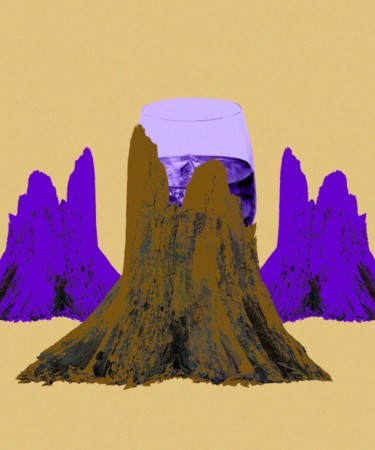American white oak, the resource commonly used for making whiskey and bourbon casks, may run short if action isn’t taken soon, research shows.
If there is no intervention in the immediate future, the species’ population will significantly diminish in size, according to a study published by the White Oak Initiative, a coalition dedicated to the preservation of American white oak forests. The major causes for this include maladapted land management practices and shifts in the forest environment, not allowing for the species’ seedlings and saplings to take root and reach maturation.
Currently, the trees grow on more than 100 million acres spanning the eastern and central U.S., from the Ozarks to the Appalachian mountains. From the surveyors’ report published in 2021, 75 percent of all the white oak acres are classified as mature, which hinders the growth of new trees. Accordingly, 60 percent of those acres had no seedlings, while 87 percent had no saplings, allowing for other species to take root in these areas once the oaks have died or been harvested.
Outside of the devastating environmental implications, this news isn’t great for the $8.6 billion bourbon industry that has defined itself by using this wood in its casks. In response, several whiskey and bourbon distilleries — including Beam Suntory, Brown-Forman, and Sazerac — have joined the White Oak Initiative and pledged to have 50 percent of their logs be from sustainably managed forests by 2035.
For Kentucky bourbon, while any species of oak can be used for the mandatory “charred new oak containers” distinction, most producers prefer American white oak, which imparts the buttery vanilla and caramel flavors that are so popular in the spirit. In 2019 alone, Kentuckians used 1.7 million charred new oak barrels, so if demand is any indicator, there needs to be a drastic push for securing the next generation of trees — before there aren’t enough left for aging your favorite whiskey.
